If you’re stuck in a relationship with your scale — using it as the primary tool of measuring the success of your diet and workout program — then it’s time to break up! Using the scale to gauge your success may tell you if you are losing weight or not, but it will not tell you about the QUALITY of the weight that you are losing. You have no way of knowing if those losses that you may be seeing are fat, water, or even worse, muscle!
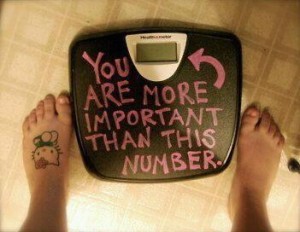 The diet industry has done very little to change this perception. Advertisements continually pound consumers with promises for quick and permanent weight loss, often through decreased caloric intake and increased exercise (“eat less, move more”). Although this may result in a significant (scale) weight loss, initially, what is not taken into account is that much of what these consumers will be losing is muscle, rather than fat. This muscle loss is a primary reason that weight gain will likely occur when they are no longer able to maintain this low calorie/high exercise regimen. Every dieter has experienced this “fall off the wagon” weight gain upon returning to their previous eating habits. Plain and simple: if your weight loss plan results in muscle loss rather than fat loss, your metabolism will soon be in trouble!
The diet industry has done very little to change this perception. Advertisements continually pound consumers with promises for quick and permanent weight loss, often through decreased caloric intake and increased exercise (“eat less, move more”). Although this may result in a significant (scale) weight loss, initially, what is not taken into account is that much of what these consumers will be losing is muscle, rather than fat. This muscle loss is a primary reason that weight gain will likely occur when they are no longer able to maintain this low calorie/high exercise regimen. Every dieter has experienced this “fall off the wagon” weight gain upon returning to their previous eating habits. Plain and simple: if your weight loss plan results in muscle loss rather than fat loss, your metabolism will soon be in trouble!
The Importance of Muscle
Muscle is so important because it is essential for maintaining one’s BMR (Basal Metabolic Rate). Your BMR is responsible for approximately 2/3 of your daily caloric burn or TDEE (Total Daily Energy Expenditure). Without muscle mass and fuel (food), your metabolism will soon likely slow to a crawl. Indiscriminately dieting and exercising without the end goal being muscle gain (or at least maintenance) is a sure recipe for disaster: muscle LOSS.
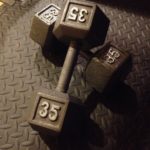 Losing all of that valuable, metabolically active muscle mass, is setting yourself up for a rebound weight gain. You can’t maintain a very low caloric intake combined with excessive cardio workouts, so you’ll inevitably return to your old eating habits — or perhaps continue to restrict — but now with occasional all-out binges thrown in. With your muscle-deficient metabolism creeping along at an all-time low, this increased intake will inevitably result in weight (fat) gain. Following a low calorie diet combined with (often excessive) aerobic exercise will most likely result in an initial scale weight loss, but if the loss is muscle rather than fat, this scenario is setting you up to become a smaller, flabbier version of your current self (the dreaded “skinny fat”).
Losing all of that valuable, metabolically active muscle mass, is setting yourself up for a rebound weight gain. You can’t maintain a very low caloric intake combined with excessive cardio workouts, so you’ll inevitably return to your old eating habits — or perhaps continue to restrict — but now with occasional all-out binges thrown in. With your muscle-deficient metabolism creeping along at an all-time low, this increased intake will inevitably result in weight (fat) gain. Following a low calorie diet combined with (often excessive) aerobic exercise will most likely result in an initial scale weight loss, but if the loss is muscle rather than fat, this scenario is setting you up to become a smaller, flabbier version of your current self (the dreaded “skinny fat”).
If weight loss is your goal, then you want to make sure that what you are losing is truly fat, and not metabolism-fueling muscle mass. The body naturally burns more calories each and every day to support a pound of muscle than it does to support a pound of fat (which is metabolically inactive), so the end goal should be to have as much muscle as possible in an effort to keep the metabolism running at a high rate.
What does this have to do with the scale?
Muscle is dense and, by volume (the amount of space it occupies on your body), weighs much more than the flabbier fat. The end result: if you build some *heavier* muscle, your body will appear smaller and tighter due to the dense nature of muscle, but the scale may not show much movement downwards. Hence the reason to not put a lot of emphasis on the number that you may see on the scale.
 Other than the scale, there are many ways to monitor progress, from the most basic, right up to the most technologically advanced methods (BodPod testing, Bio-electrical Impedance, skin-fold caliper testing, measurements and simply taking progress photos all can be very useful). If nothing else, everyone should start with a set of progress photos and update them on a monthly basis. Once you begin strength training, you will be glad you did!
Other than the scale, there are many ways to monitor progress, from the most basic, right up to the most technologically advanced methods (BodPod testing, Bio-electrical Impedance, skin-fold caliper testing, measurements and simply taking progress photos all can be very useful). If nothing else, everyone should start with a set of progress photos and update them on a monthly basis. Once you begin strength training, you will be glad you did!
So what can you do to ensure long-term success? Invest some time in some strength training. Build some metabolically active muscle in an effort to keep your metabolism running at optimal levels. Just doing plain old cardio or aerobic exercise will do little if nothing to build muscle, and in fact, doing too much will actually begin to break down that hard-earned muscle tissue. The best thing you can do for yourself and your metabolism is to build some muscle tissue. Not only will you be physically stronger, but you will be less susceptible to injury, and your body composition will begin to change and improve over time. Soon you will notice that you can fit into clothes which were previously too tight, even though the scale is not really moving. Being strong is also empowering!
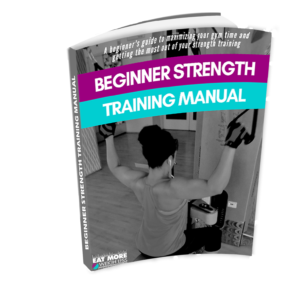 When considering a nutrition and exercise program, muscle growth and maintenance should be “front and center.” Seek out a good, periodized strength training program and start to challenge yourself. Confused as to where to start? Check out EM2WL’s Beginner Strength Training Manual for answers to the most frequently asked questions, as well as a complete 12-week workout plan, access to a *bonus* private area with video demonstrations of each exercise, & a place for any other questions you have along your journey. Combine strength training with fueling your body properly by eating at or slightly below your TDEE (Total Daily Energy Expenditure) and you will be on the road to success!
When considering a nutrition and exercise program, muscle growth and maintenance should be “front and center.” Seek out a good, periodized strength training program and start to challenge yourself. Confused as to where to start? Check out EM2WL’s Beginner Strength Training Manual for answers to the most frequently asked questions, as well as a complete 12-week workout plan, access to a *bonus* private area with video demonstrations of each exercise, & a place for any other questions you have along your journey. Combine strength training with fueling your body properly by eating at or slightly below your TDEE (Total Daily Energy Expenditure) and you will be on the road to success!
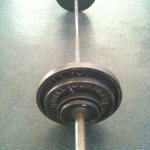
Should you just do cardio to lose weight? How heavy is heavy lifting? Do "strength" DVDs count? What if you don't want to lift? Sign up now for in-depth info on strength training and fat loss. You'll also receive special vids and free workout plans to help you get the most from your time in the gym.
No worries, we hate spam too!


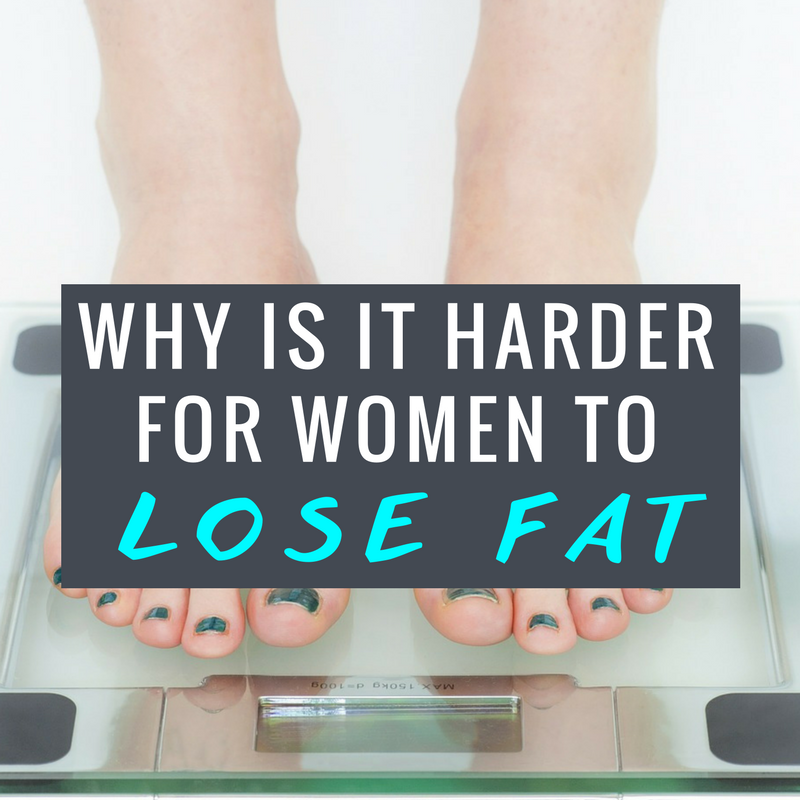


Recent Comments